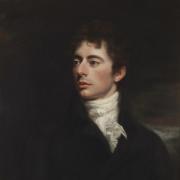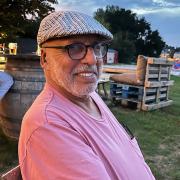After audaciously writing a letter to the now King Charles, Andrew Ratcliffe received a personal invitation to paint his portrait, one of many famous subjects he has committed to canvas
Andrew Ratcliffe is a figurative painter working from life to represent the human figure.
He studied at Burnley and Canterbury Colleges of Art and taught in Manchester before becoming a full-time painter in 1980.
Andrew lives in Appleby with his wife Charlotte and works mainly to commission. He has exhibited extensively and undertaken many artist-in-residence posts. Commissioned portraits over the years include Prince – now King – Charles, Lord Kinnock, Betty Boothroyd, Sir Ken Dodd, Lord King and Elizabeth Butler-Sloss and his work can be found in the Royal Collection, National Portrait Gallery, House of Commons and Lincoln's Inn as well as in universities and private collections.

My work is always figurative, mainly portraits from life in oils on canvas. Human senses have been finely tuned for millennia to look at faces, each subtly different, for reasons of survival. Sometimes though I just see something intriguing, and photograph and paint that, like my painting of two girls in a doorway which won a prize in the John Moores competition and prompted me take up painting full-time.
Getting a John Moores prize was a great career boost. Soon after, I saw a TV programme of Prince Charles and the Royal Collection and decided to write to him. He replied personally, inviting me down to Kensington Palace where he did sittings for a portrait. He liked it, so I’ve done a number since, one in Portcullis House. I also painted Neil Kinnock for the House of Commons, High Court Judges, university chancellors and so on. But I’ve also done many paintings as a school artist-in-residence where I’d start on Monday and by Friday when the bell went, finito!
Art is actually quite hard work, but that’s also its reward. When you’re painting and get into that zone, time goes by very quickly. I don’t always research the background of my sitters beforehand: but while painting Andrew Huxley, master of Trinity College, I noticed his slight eye twitch, which he called some technical term. So I asked if muscles were his special study, and he said ‘Yes, I won a Nobel Prize on the way muscles work!’.

I don’t push for commissions but just take things as they come, with none in hand at the moment. I used to have one-man shows in the past, especially out in Australia. I used to show every couple of years at a Sydney gallery, going over for a couple of months and doing a lot of commissions while there.
I just keep on going, but longer term it’s all about the next generation isn’t it? In many ways I mourn the passing of traditional art school drawing, but the other side of the coin is that art has never been more accessible to everyone than it is now. We set less store in academic prowess, but let the creative side flower.
andrewratcliffe.com




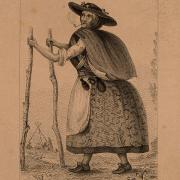

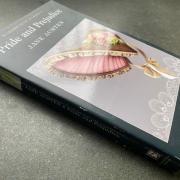

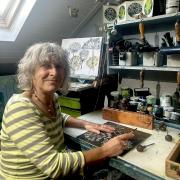

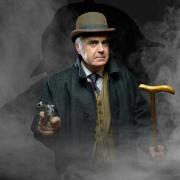
![Julie Carter [Jessie Leong]](/resources/images/128x89/1x/18534684.jpg)
![Julie Carter [Jessie Leong]](/resources/images/180x180/1x/18534684.jpg)

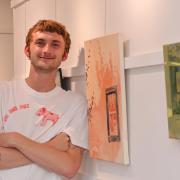

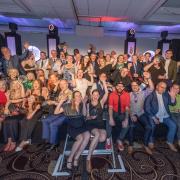
![Eastman Johnson's The Lord is My Shepherd, 1863, an anonymous black man seated and reading [courtesy of the Smithsonian American Art Museum]](/resources/images/128x89/1x/18534983.jpg)
![Eastman Johnson's The Lord is My Shepherd, 1863, an anonymous black man seated and reading [courtesy of the Smithsonian American Art Museum]](/resources/images/180x180/1x/18534983.jpg)

